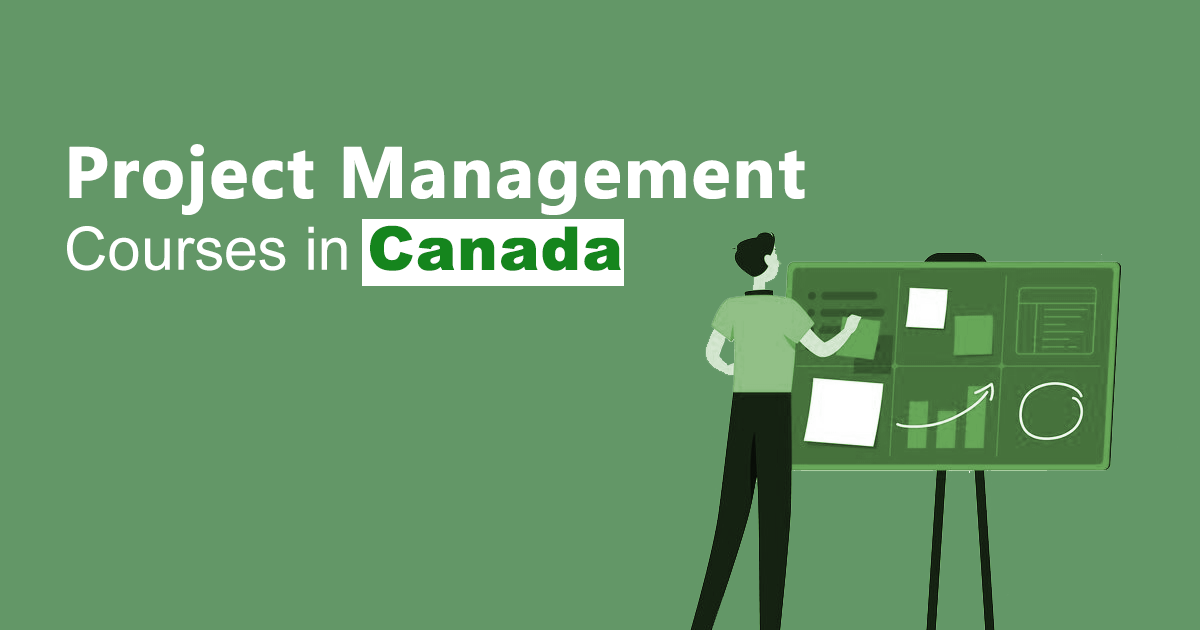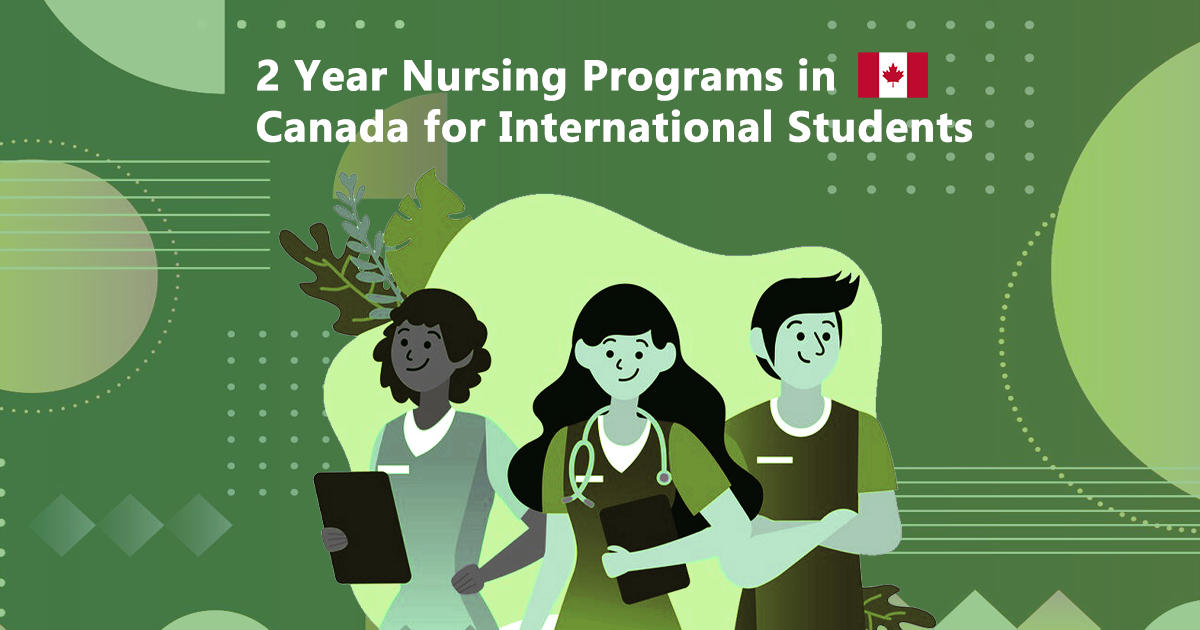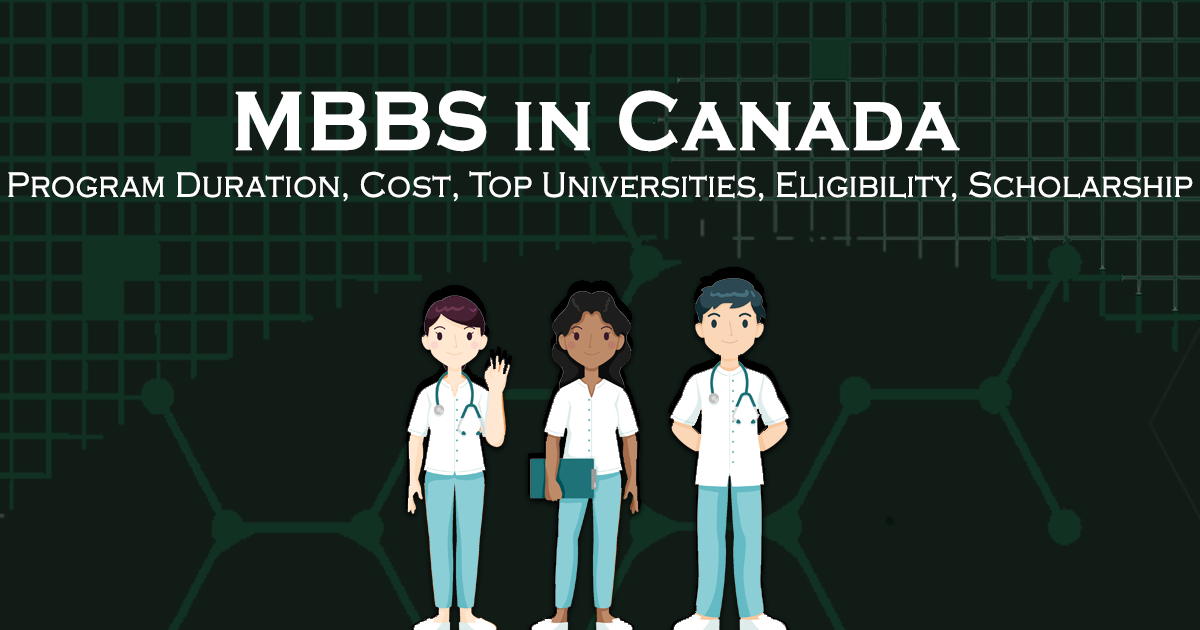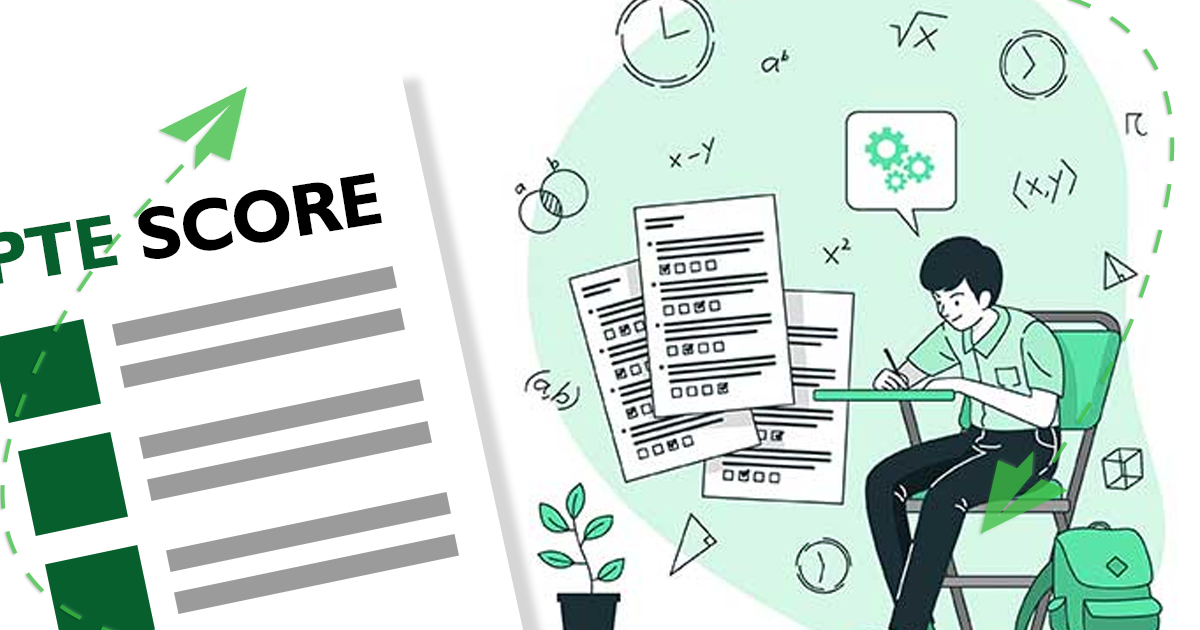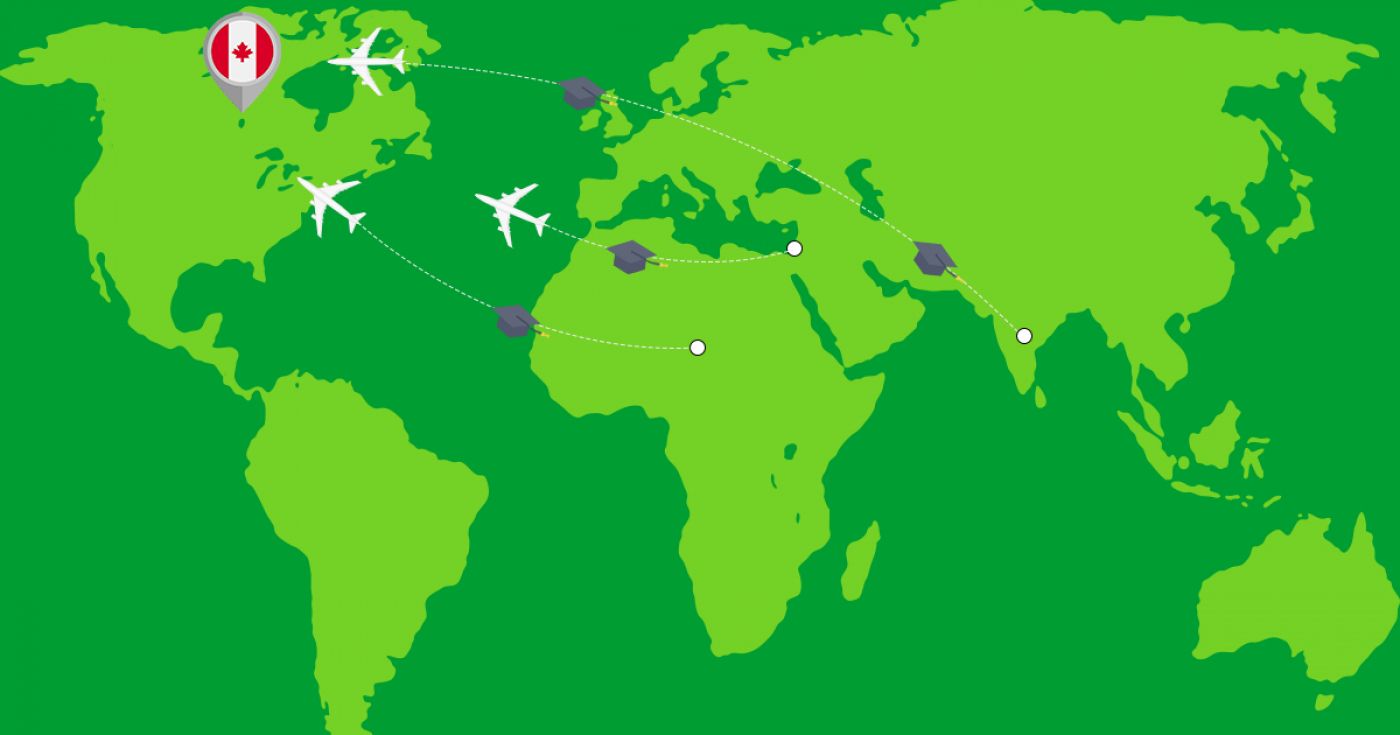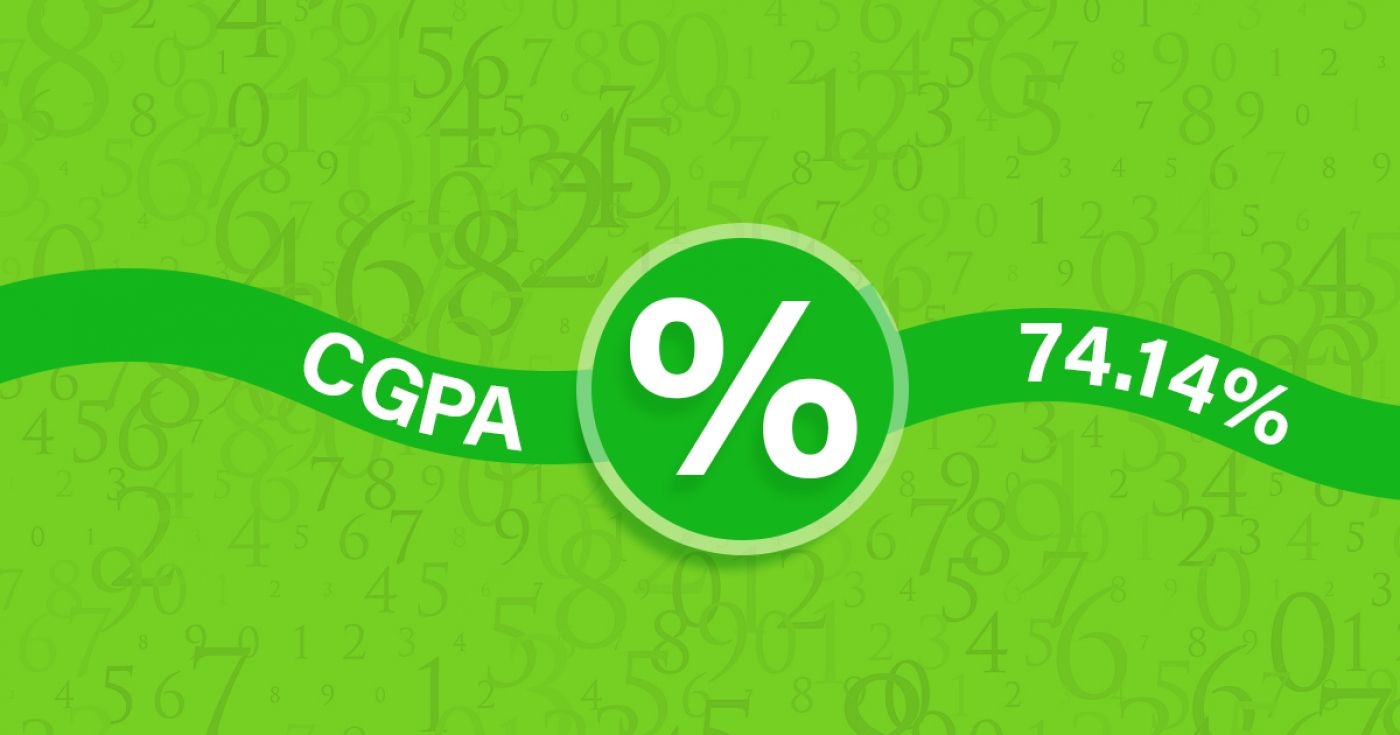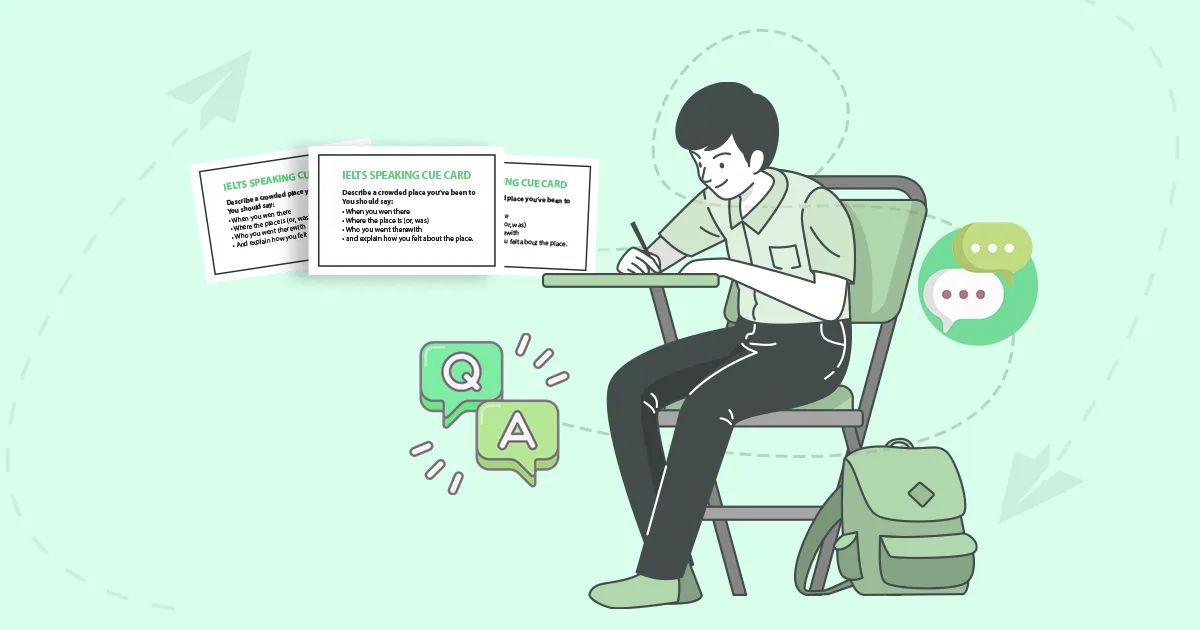Certificate in Plumbing Techniques
at Humber College North Campus Canada
Overview
Humber’s Plumbing Techniques certificate program is a comprehensive introduction to the trade. You will learn the basics of plumbing including theory, code and blueprints, as well as gain significant hands-on experience. Upon completion of this program, you will have the skills necessary to pursue a career in the plumbing trade.
Water, waste and sewage systems – hallmarks of urban living – require high-level skills to design, install and maintain. In the Plumbing Techniques certificate program, you’ll be introduced to the skills necessary to begin your career as a plumber. Graduates of this program may find a range of career opportunities including apprenticeship, construction industry work, green energy initiatives, and municipal water and sewage treatment. According to BuildForce Canada, an estimated 248,000 construction workers are expected to retire over the next decade. This demographic trend represents as significant loss of skilled workers that will require new workers to replace them. Given this potential shortage, as well as the boom in construction across the country, individuals with plumbing skills are projected to have an advantage in the job market.
30
Application Processing Days
Under Graduate
Program Level
Fact & Figures
Full Time On Campus
Study Mode
12
Duration
Humber College North Campus
Location
Certificate in Plumbing Techniques Assistant Fee
$16414
Tuition Fee
$12000
Average Cost of Living
$75
Application Fee
Certificate in Plumbing Techniques Admissions Requirements
- Minimum Level of Education Required: To be accepted into this program, applicants must have Grade 12 / High School Diploma or equivalent including the following required course(s):-
- Grade 12 English (ENG4C or ENG4U or equivalent)
- Grade 12 Mathematics (MAP4C, MCT4C, MDM4U, MCB4U, MGA4U, MCV4U or MHF4U or equivalent)
- Two Grade 11 or Grade 12 C, M or U courses in addition to those listed above

Get superfast admissions at top Certificate in Plumbing Techniques institutes in 2024
Benefits of choosing
➤Admission’s guaranteed at Top institutes across the world.
➤Enjoy exclusive application fee waiver’s with Edmissions.
➤Unlimited FREE Counselling sessions with Edmission’s
Experts
➤Get Tips from industry veterans to crack the IELTS exam in 1
week.
➤Assistance with scholarships, loans, forex, student accommodation and visa guidance.
Work Permit Canada
Students who wish to work in Canada require a work permit to do so. A student in Canada can work part-time during the course of his studies and full-time during holidays and semester breaks and post the completion of their course/program.
Rules for getting a part-time work visa in Canada
You can also work part-time on campus at your university.
Work Permit
Duration
Your part-time work permit will be valid for as long as you have a valid study permit.
Working Hours
20 Hours/Week
As a full-time student, you can work for a maximum of 20 hours a week. However, you can work full- time during holidays and breaks.
Document Required to Work in Canada
List
To apply for a work permit, you will need a study permit that mentions that you are allowed to work part-time on campus.
Social Insurance Number
Study Permit
You will need a Social Insurance Number (SIN) to Service Canada. if you wish to work in Canada during the course of your studies. To apply for the same, you need a valid study permit, and you should be a full- time student at a recognized university.

You can work part-time off-campus if you are studying in the Quebec province.
Duration of Work Permit Canada
Your part-time work permit will be valid for as long as you have a valid study permit.
Work Hours Canada
As a full-time student, you can work for a maximum of 20 hours a week. However, you can work full- time during holidays and breaks.
Document Required to Work in Canada
To apply for a work permit, you will need a study permit that mentions that you are allowed to work part-time on campus.
Social Insurance Number
You will need a Social Insurance Number (SIN) to Service Canada if you wish to work in Canada during the course of your studies. To apply for the same, you need a valid study permit, and you should be a full- time student at a recognized university.
Working after completing your course
In Canada, you will need a work permit to get a full-time job in Canada after finishing your studies. You chose a work permit like the Post-Graduation Work Permit (PGWP) if you wish to stay back in Canada and work full-time.
Visit Government of Canada Website for more detail
Post-Graduation Work Permit (PGWP)
The Post- Graduation Work Permit (PGWP) allows you to work for three years in Canada if you have completed a two years degree or more.
Application
how can i apply
You can either apply online or download the form and mail the application along with the required documents. Pay your fee and then wait for the decision to come.
Application Documents Required
List
To apply for the work visa, you need a degree from a recognized and accredited Canadian University along with an intention to stay and work in Canada only temporarily.
When to Apply?
One can apply for the full-time work permit in the first three months post the completion of their course during which the study permit is still valid.
How long does it take?
90 days
You will have to wait for 90 days for the decision on your work permit.
Duration
3 Years
The work permit is valid for 3 years if you have completed a two years degree program or more.
Fees
CAD 255
The fee for the work permit is CAD 255 plus the holder fee and the work permit processing fee.
Monthly Wages
CAD 1,600
An applicant is guaranteed a minimum salary of CAD 1,600 per month while working in Canada. This amount though varies on the job and the province you are working in.
Work Hours Canada
No Limit
There is no maximum limit, and you can work for as many hours as you want on the full-time work permit.

Required Documents
List
To apply for the work visa, you will need the following documents:
- Forms: IMM 5710, IMM 5476 and IMM 5475;
- Graduation Proof
- Proof of payment of work permit fees
- Copies of your travel and identification documents, passport pages and current immigration document.
Till a decision is made on your work visa, you can continue to work full time. All you need to have is your completed degree, should have applied for the permit before the expiry of your study permit and you should be allowed to work off-campus.
Information
Disclaimer
The information provided about the work permit is true and complete to the best of our knowledge. All recommendations are made without any guarantee on the part of the author or the publisher. The author and the publisher, therefore, disclaim any liability in connection to and with the use of this information.
Detailed Program and Facts
30
Application Processing Days
Full Time On Campus
Program Intensity
Under Graduate
Program Level
12
Duration
Study Visa
Student Visa For Canada
Any student who wishes to study in Canada requires a student visa. Some of the essential information for the application process is given below.
When Should I Apply?
4 to 6 months
Ideally, one should apply for the study permit at least 4 to 6 months before the commencement of your course/program.
Bank Account
No Need!
There is no need for a blocked bank account to apply for a student visa to Canada.
Duration of visa
Course Duration + 3 Months
The student visa is valid for the entire period of your course plus three months.
Time to Wait for Visa
35 Days
It takes time. It might take up to 35 days post your interview for the application process to complete and for you to finally receive your visa.
Appointment
Required
It varies from applicant to applicant, but one may have to take part in one or two visa appointments, namely a medical examination and a visa interview.
How you can apply
Application Process
An applicant can either apply online or offline by visiting a visa application centre and submitting their documents. After the analysis of your application, you might be called for an interview.
Fee
Visa Fee
The visa application fee for Canada is CAD 150.
Minimum Funds
833 CAD, 917 CAD
You require a minimum monthly amount to be deposited into your account to prove that you can sustain yourself while studying in Canada. If you are studying in Quebec, you need to have a monthly minimum of CAD 917, and if you are studying in a province except for Quebec, you need to have a minimum of CAD 833 per month.
Any other expenses
Required
You will have to pay a medical examination fee and a visa application service fee to the tune of CAD 15 if you visit a visa application centre to apply for your visa.

Medical Examination
Required
One has to undergo a series of medical examinations to be deemed fit for a student visa of Canada. The tests mostly include blood and urine tests, chest x-rays and other organ checkups.
Language Skills
Not Required
one doesn’t need to prove their language skills in applying for a Canadian Visa.
Disclaimer: The information provided about the work permit is true and complete to the best of our knowledge. All recommendations are made without any guarantee on the part of the author or the publisher. The author and the publisher, therefore, disclaim any liability in connection to and with the use of this information.
Other Courses by Humber College North Campus,Canada
Engineering & Technology
Bachelor of Engineering (Honours) in the Built Environment
Humber’s Bachelor of Engineering program begins with a common platform of first year courses which provide foundational engineering knowledge and skills. Following the first year, the curriculum branches into three different discipline areas: Information Systems Engineering, Mechatronics, and The Built Environment.
The Bachelor of Engineering – The Built Environment discipline gives you hands-on experience with industry-standard advanced technology. In upper years students choose from focused study in either sustainable building or built environment information systems. They solve real industry and community problems and gain knowledge and skills in civil, architectural, structural, and environmental engineering. These abilities are in high demand as industry explores the use of innovative and resilient technologies and processes to make the construction of buildings and communities safer, more efficient and sustainable.
Students use digital design applications and data capture technologies such as 3D scanning and mapping to integrate new and sustainable elements of the built environment into existing buildings, communities and cities. Virtual and augmented reality complement a design thinking approach to solving real world problems.
Work Placement
A co-op work program (three consecutive work terms, 420 hour each) ensures that work-integrated learning experiences are woven into the curriculum. This provides students with a contextual understanding of the industry and specific sectors they are training for, as well as recognition of the importance of hands-on experience.
48 month
Duration
$ 20000
Tuition
Hospitality, Tourism, Wellness Leisure & Sports
Graduate Certificate in Exercise Science and Lifestyle Management
Humber’s Exercise Science and Lifestyle Management graduate certificate program is designed to build on the knowledge you have acquired in your undergraduate degree by providing in-depth, hands-on instruction in the areas of fitness assessment, health and lifestyle counselling, exercise prescription and delivery, health promotion, group exercise leadership, health and fitness management, marketing and entrepreneurship, ergonomic assessment, and functional abilities assessment. Students learn in small groups instructed by expert faculty currently employed in the fitness and health industry.
Our advisory committee provides regular review and input into our curriculum, ensuring our program is always on the cutting edge of industry developments.
Please note that certain courses in the Exercise Science and Lifestyle Management program require students to participate in fitness classes that will involve physical activity, which may at times be vigorous. Questions about fitness classes and accomodations may be directed to the program co-ordinator at [email protected] or at 416.675.6622 ext. 5188.
Work Placement
Experiential learning is an integral part of this program. The program features three unpaid internship courses, two of which take place on campus and the third of which takes place off campus. During the on-campus courses, students provide fitness assessments and testing, physical activity counselling and prescription services to Humber and partner employees as part of the Humber Centre for Healthy Living (Humber CHL). Students have the opportunity to run workshops for the Humber CHL and its partners, as well as providing healthy tips and videos for the Humber CHL website. Throughout the on-campus internship courses, students participate in seminars with their professors and classmates to critically analyze their experiences and develop the skills required for professional work.
The final work placement is a four-week block placement off campus with one of Humber’s industry partners.
12 month
Duration
$ 19997
Tuition
Journalism & Media
Advanced Diploma in Journalism
Humber’s Journalism advanced diploma program is designed to produce dynamic storytellers who are immediately ready to work in a variety of media platforms as reporters, broadcasters, editors, producers and digital content managers. Our program is also ideal for those looking to go into communications or public relations.
As a journalism student, you’ll be given training in hands-on skills that are at the forefront of what’s happening in the industry today including reporting the news, creating broadcast stories, writing feature articles, capturing high quality images and creating compelling digital presentations. Our tight deadlines match industry standards. You will work individually and in teams in the classroom and in the field. You will learn from industry experts and media personalities. As well, you will get a solid grounding in media law and ethics.
We are constantly updating our curriculum to reflect the new reality of journalism in the digital age.
Our program features:
- courses with a focus on digital media, online publishing and developing web content including social media
- hands-on technical and production training including broadcast equipment, digital prepress, TV production and multimedia management
- entrepreneurial skills advice for today’s highly competitive media communications market
- real-life experience working on our online news site humbernews.ca, Humber Et Cetera campus news online, Radio Humber 96.9 FM, Humber TV and magazine productions
- valuable industry exposure and contacts through work placements which help you build your network and resumé
- experienced faculty working in industry bringing extensive and exclusive media connections
36 month
Duration
$ 16414
Tuition
Environmental Studies & Earth Sciences
Diploma in Landscape Technician
Humber’s Landscape Technician diploma program is based on the principles of sustainability, conservation and environmental sensitivity. You’ll learn about landscape design and development, site construction, general horticulture, grounds maintenance, and related technologies through a combination of in-class studies and hands-on landscape training.
At Humber, we have exceptional facilities for landscape education. The Humber Arboretum, for example, is a 250-acre botanical garden centred on the west branch of the Humber River, surrounding Humber’s North Campus. It includes ornamental, woodland and wildlife gardens serving as a unique living classroom for plant studies, construction, arboricultural and horticultural skills. Our construction lab is housed in a weather-protected 8,000-square-foot facility which allows you to build full-scale structures such as decks, gazebos and retaining walls. Our computer labs use the latest in computer-aided design (CAD) software which enables you to prepare professional construction documents.
24 month
Duration
$ 16414
Tuition
Social Sciences
Diploma in Funeral Director Class 1 (Embalming)
Humber’s Funeral Director Class 1 (Embalming) diploma program draws students from around the world, preparing them to make a difference in the lives of people who are grieving the loss of a loved one. This is the only English-speaking Funeral Service Education program in Ontario.
Courses are designed with industry input, ensuring that what you’re learning is current and relevant. You will learn all aspects of funeral home operation, as well as the practical and theoretical sides of funeral service. Embalming lab courses will prepare you for the technical side of the program, while courses in issues of grief and bereavement prepare you for the emotional side. Courses in arranging, ethics and embalming will enable you to explain all options to families. Business courses will help you understand the challenges of operating a business.
Learning Outcomes
Upon successful completion of the program, a graduate will:
- Provide an accurate explanation of the rationale behind his/her actions, grounded in a comprehensive understanding of the relevant policies, practices and financial implications that guide the performance of the scope of practice of the Funeral Director – Class 1 (embalming) role.
- Communicate clearly, sensitively and respectfully with potential purchasers all relevant information related to various options and possible implications of decisions made at the time of purchase, as permitted by legislation in the scope of practice for the specified licence classification including:
- Explaining funeral service and disposition options including arterial embalming and restoration
- Explaining clearly and accurately prearranging and prefunding services, product knowledge and merchandise and financial implications
- Managing effectively and sensitively all applicable contractual negotiations and obligations, financing options, and requirements for service and product delivery referring to other licensed professionals when outside the legislative scope of practice
- Communicate and apply an accurate and comprehensive understanding of prearranging and prepayment including investment vehicles, insurance, trust reconciliation and financing of prepaid contracts within legislative scope of practice.
- Conduct oneself in a manner consistent with principles and accepted practices of the funeral sector, using professional language.
- Complete all aspects of business operations for a funeral establishment that provides embalming on site or transfer service, in the capacity of an owner/manager consistent with legislated responsibilities in a legal, ethical, safe and efficient manner across a broad range of predictable and unpredictable contexts.
- Arrange (prearrange) and document funeral services, disposition details, related transactions and follow up services with the legal representative in an effective, professional, caring and creative manner.
- Engage in, and plan for, ongoing personal and professional development, networking/community relations and inter- professional collaboration.
- Provide effective leadership and contribute to the supervision and mentoring of all team members, including licensees, support staff, and/or interns in a professional, caring and creative manner through providing appropriate direction as it relates to the delivery of funeral service.
- Lead, establish, maintain and participate effectively in funeral establishment work teams consisting of licensees, support staff and/or interns demonstrating at all times the ability to learn, grow and work together.
- Care for and handle the deceased respectfully and safely at all times.
- Complete and perform effectively and efficiently all non-embalming preparation processes and arterial embalming and restoration processes.
- Direct funeral services and visitation in a respectful and sensitive manner consistent with the direction of the legal representative.
- Complete prepaid contract related documents and related financial matters in accordance with applicable legislation.
- Coordinate and deliver the selected disposition services and follow up services, effectively, professionally and consistent with, and supportive of, the wishes of the legal representative.
- Make decisions ethically and professionally based on a comprehensive understanding of the knowledge and skills required of an owner/manager of the applicable business licence class pursuant to the Funeral, Burial and Cremation Services Act, 2002 (FBCSA).
Work Placement
The Bereavement Authority of Ontario, the provincial regulator, has approved that students of the program shall complete a one-year work placement before they can be licensed.
To progress into Semester 3, students must start a full-time (paid) work placement in a funeral home after they have successfully completed exams in Semester 2. During Semesters 3 through 5, students complete their learning by distance, and many of their assignments are based on the practical experience they are gaining in the funeral home. Humber assists students to find their placements by working with our industry partners to identify openings. Students are responsible for finding their own work placement with a licensed Ontario funeral establishment.
24 month
Duration
$ 16414
Tuition
Engineering & Technology
Advanced Diploma in Electronics Engineering Technology (Co-op Optional)
Humber’s advanced diploma program in Electronics Engineering Technology consistently ranks among our most employable programs. This program builds on skills learned in the Electronics Engineering Technician diploma program and will prepare you to work in all fields where electric circuits and systems are found. You will acquire strong fundamental knowledge to help you build a career in all new and emerging technologies manufactured here in North America like photonics, laser technology, medical imaging, new electronic materials and devices, intelligent systems, entertainment, and broadcasting systems. The program takes a system design and integration approach to electronic applications, and you will gain in-depth knowledge and hands-on training in:
- Electronic circuits: analog, digital, radio-frequency and programmable circuits
- Connectivity and interface design, embedded microcontrollers, IoT integration
- The full skill set of computer networking including wireless networks
- Wireless telecommunications, antennas, waveguides and transmission lines
- Telecommunication electronics such as photonics, fibre optics and microwaves
- Signal acquisition and signal processing
- Image processing including high-definition television (HDTV) and medical imaging
- Control systems both embedded and computer-based
- Instrumentation used in industrial, scientific and medical applications
We have designed the curriculum in collaboration with an advisory panel comprising highly successful industry experts in order to ensure you are learning the most up-to-date, relevant material. You will spend approximately half your time in labs working with electronic, analog, digital and programmable circuits and learning how to embed these circuits into cell phones, audio equipment, high-definition (HD) video systems, robots, computers and advanced instruments.
This program offers a co-op option. Co-op work terms enable you to apply your skills and knowledge in a work environment and gain valuable, practical experience related to your program of study. You will learn new skills, learn about the world of work and meet people in your profession. For students who are accepted into the program, three co-op work terms will take place. The first four-month work term is between Semesters 2 and 3, and then two consecutive four-month work terms between Semesters 4 and 5. There are limited spaces in the co-op option. Therefore, you will apply for the co-op option during Semester 1 and be informed of the process by which to apply. While co-op work opportunities are not guaranteed, as students are in a competitive job placement market, participating students will receive a wide range of services to help them find a co-op opportunity.
Human Resources and Skills Development Canada (HRSDC) reports that 75 per cent of the new jobs created between 2009 and 2018 are in high-skill, high-tech occupations. This demand will only grow as technology continues to advance and change the way we live and work especially in industrially dynamic regions such as the Greater Toronto Area (GTA). Our graduates work at major organizations such as CTV and CBC, Ontario Power Generation, Hydro One, Rogers, Telus and Bell, as well as BlackBerry, Celestica, and GE Canada, to mention just a few. They put the skills to work in research and development where they build prototypes and test new devices. They are manufacturers’ representatives, technical salespeople, managers and entrepreneurs. They manufacture electronic systems and install, maintain and troubleshoot such systems through their lifecycle. Some of our graduates choose to strike out on their own and launch their own businesses.
36 month
Duration
$ 16414
Tuition
Humber’s Heating, Refrigeration and Air Conditioning Technician diploma program prepares you for a career as a technician capable of designing, installing and servicing many different types of energy systems. As you progress through the program, you will become familiar with the design, installation and service techniques of heating and air conditioning systems in residential and small commercial buildings. As well, you will learn to size, select and maintain equipment for building comfort according to various industry standards.
Today’s residential central air conditioning and heating systems are more energy efficient than those that were typically installed in the past. As this sector continues to address Canadians’ concerns about rising energy prices and the environment, there will be ongoing opportunities for you to work with design contractors in installing, servicing and retrofitting heating, ventilation and air conditioning and refrigeration (HRAC) equipment. As well, you could choose to work as a sales representative, specifications writer or service representative. With further experience, you could become an estimator, working with plans and specifications to determine material and labour requirements in preparation of contract bids.
24 month
Duration
$ 16414
Tuition
Hospitality, Tourism, Wellness Leisure & Sports
Diploma in Hospitality - Event Management
Humber’s Hospitality - Event Management diploma program offers you the knowledge, practical experience, industry exposure and professional certification necessary to embark on an exciting and successful career as an event planning professional.
Our program provides comprehensive learning and training opportunities aimed at assisting students prepare for and transition to valued positions in the event industry including:
- On-site event management experience
- Guest lectures from industry professionals
- Field trips to local events and elite GTA event venues
- Networking at industry conferences
- Case studies to broaden knowledge of planning events locally, nationally and internationally
In the first semester of the program, you get immediate experience on campus working at a high profile event. And for the next two years, you will be thoroughly immersed in the world of special events via networking, volunteering and event execution opportunities. Students will be working in The Humber Room restaurant live lab for a full semester. Essential skills will be taught to prepare students for many different types of events.
Work Placement
Work experience is integral to developing a diverse and successful career in the event management profession. In this program, you will participate in a comprehensive seven-week work placement experience (280 hours) in your final semester before graduation. While on work placement, you will apply the knowledge and skills you have learned in the classroom to real event work in the field, network, and develop professional connections and relationships you will carry with you throughout your career.
24 month
Duration
$ 16414
Tuition
Business & Management
Graduate Certificate in Insurance Management - Property and Casualty
Insurance has become an integral part of virtually everything we do in life and business. Roles within the insurance industry are many and varied. Whether you enjoy working with numbers, doing research, solving problems or working with people, you can find your specialty in insurance.
Humber’s Insurance Management – Property and Casualty graduate certificate program prepares you for a variety of entry level management career paths in the large and growing property and casualty insurance industry. Learn the fundamentals of the industry and its three main functional areas – underwriting, loss adjusting and agency/brokerage – and gain transferable skills in business communications, computer applications, insurance accounting and metrics, marketing, sales and customer service, project management and leadership. Employment-focused experiential learning helps you consider a variety of options, as you launch your career.
Learning Outcomes
Upon successful completion of the program, a graduate will:
- Differentiate the functions of and the relationships between various elements within the structure of the insurance industry in Canadian and global contexts in order to identify business opportunities, challenges and solutions.
- Use current and relevant insurance industry-specific terminology when communicating with stakeholders.
- Assess and manage the four major categories of risk (hazard, operational, financial and strategic) to determine insurance needs associated with specific cases.
- Apply best practices for risk management to finance the negative consequences of risk events in multifaceted situations.
- Provide evidence-based recommendations for management of hazards and risks faced by an organization.
- Evaluate the clauses, terms and conditions of various insurance policy wordings in order to determine the appropriate coverage according to defined risk tolerance levels.
- Adjust, negotiate and settle insurance claims to satisfy needs of claimants and providers.
- Provide rationale for the acceptance or rejection of an application for insurance to uphold efficacy of decision-making.
- Evaluate the needs of a commercial and/or personal client in order to plan and recommend an insurance program that provides protection from identified exposures.
- Select leadership and communication strategies necessary to manage others and accomplish organizational goals.
- Prepare and deliver effective integrated marketing, customer service and sales plans to further organizational objectives.
- Develop, interpret and present common property and casualty insurance industry metrics and financial statistics and data to support organizational decision-making.
- Apply project management methodologies to identify, plan, and execute various property and casualty insurance managerial projects.
- Develop strategic business plans in order to respond o changing opportunities and challenges within the property and casualty insurance business.
Work Placement
Get hands-on experience in the industry with a 160-hour (minimum) work placement that will give you the opportunity to apply what you have learned in the classroom. Students initiate the placement with the aid of faculty, targeting companies in the Greater Toronto Area. Placements can be completed on a part-time basis throughout the academic year, or full time during the term immediately at the end of the program.
12 month
Duration
$ 18048
Tuition
Engineering & Technology
Advanced Diploma in Civil Engineering Technology
Humber’s Civil Engineering Technology advanced diploma program provides you with the skills needed for a career in the growing field of civil infrastructure. Infrastructure encompasses all of the essential elements necessary for society to operate including buildings, transportation (highways and transit), municipal services (water, wastewater) and green spaces.
The curriculum, designed in collaboration with industry, covers all aspects of infrastructure, from the inception of an idea to the completion of construction, and blends in-class academic learning with hands-on laboratory work. You will learn how to design structural steel, reinforced concrete and timber structures. Municipal services (water, wastewater) and water supply management will be explored. Transportation infrastructure and highway design will be studied using design codes and standards. Additionally, you will learn all the skills necessary to support design and construction including surveying, geomatics, Geographical Information Systems (GIS), drafting (AutoCAD and Building Information Modelling (BIM)), soils and materials testing, project administration and management, and environmental protection and remediation. Our courses are taught by experienced faculty and industry experts many of whom work with Greater Toronto Area construction and engineering firms. Humber’s strong reputation in the civil engineering industry can give graduates an edge in the employment market.
36 month
Duration
$ 16394
Tuition
View All Courses by Humber College North Campus, Canada
Top Study Abroad Exams
Popular Universities to Study Abroad
- University of Waterloo
Waterloo
- University Canada West
Vancouver
- University of Windsor
Windsor
- Cape Breton University
Sydney
- Dalhusie University
Halifax
- Carleton University
Ottawa
- University of Ottawa
Ottawa
- University of Guelph
Guelph
- Explore more colleges in Canada
- University of New Haven
West Haven
- Kent State University
Kent
- Wright State University
Dayon
- San Jose State University
West Haven
- Clark University
Worcester
- Rowan University
Glassboro
- Golden Gate University
San Francisco
- Arkansas
San Francisco
- Explore more colleges in USA
- Coventry University
Coventry
- University of Birminghame
Birminghame
- De Montfort University
Leicester
- Cardiff University
Cardiff
- BPP University
London
- University of West London
London
- University of Nottingham
Nottingham
- University of Warwick
Coventry
- Explore more colleges in UK
- Auckland Institute Of Studies
Auckland
- Massey University - Auckland Campus
Albany
- Eastern Institute of Technology - Auckland Campus
Auckland
- NorthTec - Auckland Campus
Auckland
- Massey University - Manawatu Campus
Palmerston North
- University of West London
London
- Wellington Institute of Technology (WelTec) - Petone Campus
Lower Hutt
- Otago Polytechnic - Dunedin Campus
Dunedin
- Explore more colleges in New Zealand
- Chandigarh University
Mohali
- Parul University
Vadodara
- Sharda University
Greater Noida
- Jain University
Bangalore
- Bennett University
Greater Noida
- Lovely Professional University
Phagwara
- Chitkara University
Rajpura
- Brainware University
Kolkata
- Explore more colleges in India
- Abu Dhabi University
Abu Dhabi
- Gulf Medical University
Ajman
- New York University
Abu Dhabi
- Emirates Aviation University
Dubai
- Higher Colleges of Technology
Dubai
- British University in Dubai
Dubai
- Al Ghurair University
Dubai
- American University in the Emirates
Dubai
- Rochester Institute Of Technology Dubai
Dubai
- Emirates Academy of Hospitality Management
Dubai
- American University of Ras Al Khaimah
Ras Al Khaimah
- Explore more colleges in UAE
- Ras Al Khaimah Medical and Health Sciences University
Ras Al Khaimah
Explore Colleges and Courses in Canada
- Arts & Humanities in canada
- Business & Management in canada
- Natural Sciences & Mathematics in canada
- Engineering & Technology in canada
- Computer Science & IT in canada
- Health Sciences, Nursing and Emergency Services in canada
- Social Sciences in canada
- Creative Arts & Design in canada
- Hospitality, Tourism, Wellness Leisure & Sports in canada
- Environmental Studies & Earth Sciences in canada
Latest Blog Posts
Trending Blog Posts
Search, Shortlist, Apply and get accepted! It’s that Simple to pursue your dream to Study abroad with Edmissions. Our team of experts provide you the right guidance that helps you to take admission in your dream college in countries like Canada, the USA, the UK
© 2021-2024 Edmissions - All rights reserved.
TALK TO OUR EXPERTS
